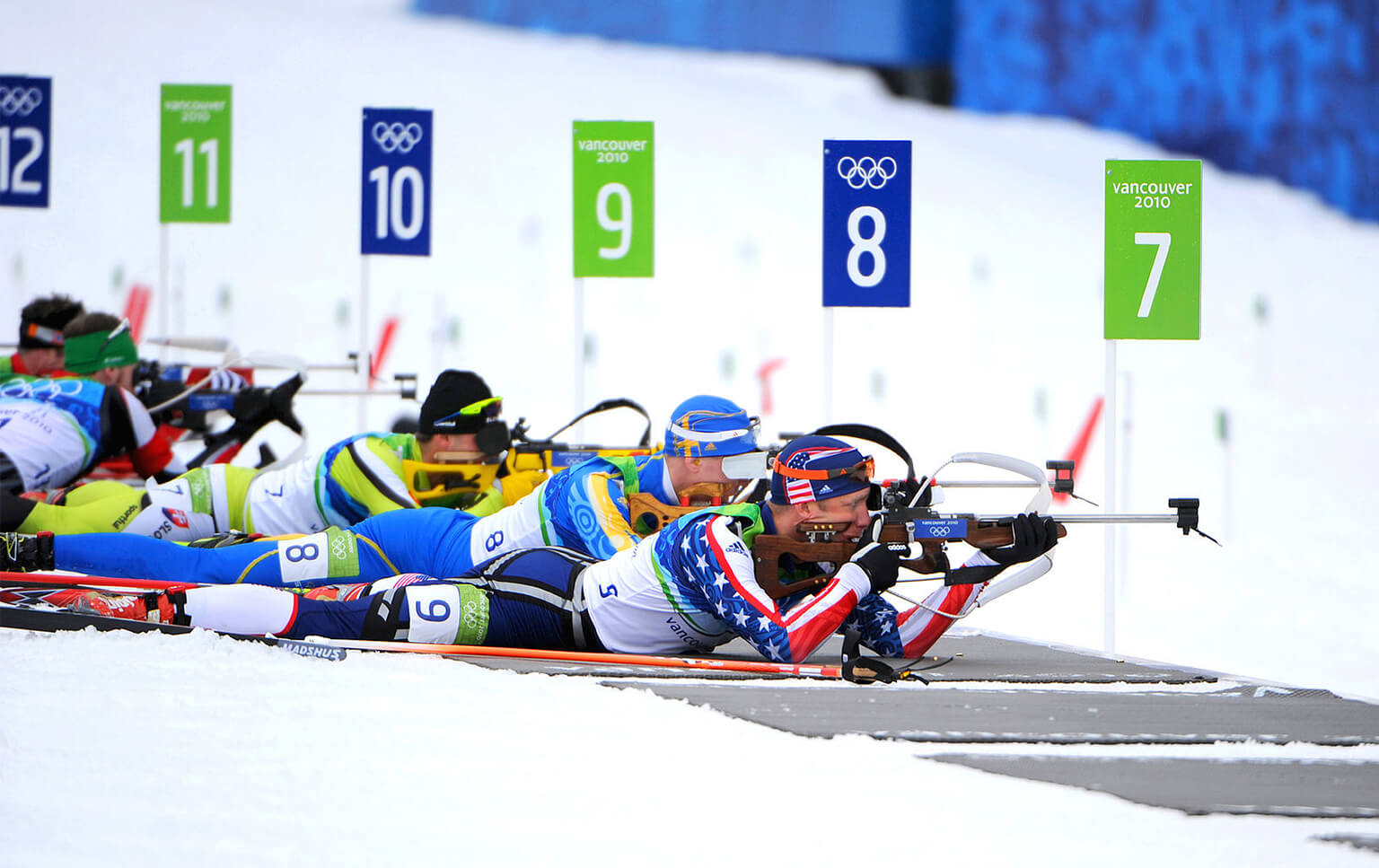
Lore of The Rings: Conclusion
We hope you’ve enjoyed our three-part analysis of innovation at the Olympics. Now that the Olympics have concluded, we look forward to seeing where the innovations showcased in Pyeongchang will end up — we have a feeling that we will be seeing them in our everyday lives sooner rather than later. We hope our perspective on potential growth opportunities was helpful, and our concepts thought-provoking. From how the athletes prepare, to how we spectate, to how cities invest in themselves, the most recent Olympics proved to be yet another grand stage for Innovation, just like their predecessors. In addition to playing a vital role in a broader cultural and societal context, we believe they are a clear signal for what is next.

During our series, we investigated a broad variety of Olympic innovations through three major lenses — athletes, fans, and cities — to uncover their future potential impact. Through our efforts we uncovered distinct opportunity spaces and found certain imperatives for acting on them:
Athletes
Opportunity Space:
- Products that measure and analyze personal data in the moment and offer immediate assistance — either informative or preventative.
Imperatives:
- Design an ecosystem around a human focal point, seamlessly marrying sensors, form, and instant responsiveness.
- Speed of insight, not just quality of insight, will unlock the value of connected products, creating new opportunities to differentiate products.
- Every apparel and equipment company is now an education company — it is time to help your buyers achieve better results.
Fans
Opportunity Space:
- Products that provide greater context and engagement to whatever you’re viewing through seamless access to live, relevant information.
Imperatives:
- Treat your fan experience the same as an OTT channel — as a platform designed to be built upon.
- Transform the 80% of game time spent in breaks into branded downtime.
- Fans are becoming more like data scientists — feed them more information to feed their passion.
Cities
Opportunity Space:
- Products that leverage technology to manage the influx of crowds and increase security in unwieldy circumstances.
Imperatives:
- Look to airspace as a scalable and underused frontier for flexible security and development which can reduce overhead costs.
- Develop networks of smart devices, such as drones and beacons, that are capable of being used for both general purposes like congestion management, and high impact niche use cases, such as emergencies.
- Agree on flexible standards for product and service development that allow quick collection and dissemination of relevant data, utilizing past, present, and future infrastructure.
However, not satisfied with just projecting the potential impact across industries, we also had some of our best thinkers brainstorm potential concepts that we think could be viable mass-market products or services in the near term. The outputs were unique concepts related to opportunity spaces present for athletes, fans, and cities.

From our analysis of athletes, we love the idea of wearables that are more biological and can offer more performance tracking functionality – whether in the moment or after the fact. That is how we stumbled upon the Nourish | The Nutrition Tracker.
From our thought piece on fans, we love the idea of utilizing downtime in the fan experience to further engross them in the sport – which is how we landed on our second concept: LightBeam Media | on-court game statistics and replays during downtime.
From our investigation of cities, we saw great potential in using networks of smart devices, headlined by drones, that allow cities to perform essential functions in a cheaper and more efficient way – resulting in City Safety Network | Technology That Navigates Crowds Through Uncertainty.
This has been a great opportunity to use inductive and deductive thinking to determine what the Olympics means to us culturally and industrially in order to understand where growth may come from in the near future.
While brainstorming is always fun, we had to add constraints in order to stay relevant and realistic. Our main constraint was the requirement for mass-market appeal and near-term adoption, which enabled us to avoid indulging in pure futurism – instead coming up with tangible outputs that cities or broadcasters could put into action in the near term. Our overall intent with these concepts was to get you thinking and asking the right questions. After all, the Olympics are just the stage – it’s the people, companies, and cities that fill it with memorable innovations.
—
We hope that you’ve found our analysis of innovation generated by the Olympics insightful. This was the conclusion to our series on innovation inspired by The Games, investigated through the lenses of athletes, fans, and cities. If these chapters piqued your interest and you want to brainstorm, please get in touch with us via the author links at the top of the page.

We respect your privacy
We use Cookies to improve your experience on our website. They help us to improve site performance, present you relevant advertising and enable you to share content in social media. You may accept all Cookies, or choose to manage them individually. You can change your settings at any time by clicking Cookie Settings available in the footer of every page. For more information related to the Cookies, please visit our Cookie Policy.